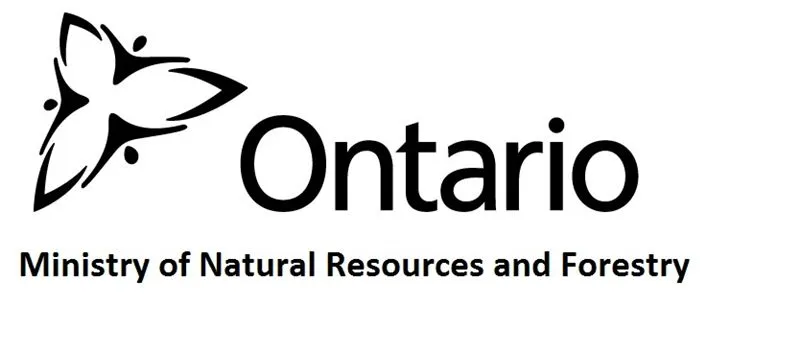It was in January of 1924, James W. Lyons, the Minister of Lands and Forests tabled a proposal to the Ontario Cabinet to purchase 13 Curtiss HS2L Flying Boats and establish a Provincial Organization for the purpose of forest fire patrolling and timber surveying. The Cabinet gave its approval and thus began a long and distinguished record of service and innovation to support the development of natural resource management in the province. It has been suggested and seems likely, the government was taking positive action for many good reasons but also was quite mindful at the time of the famous forest fire in Haileybury Ontario that killed 44 people and cost millions in property damage a short two years earlier in 1922.
Roy Maxwell, formerly vice president and managing director with Laurentide Air Service, accepted the job with the Department, as the first Director, and began the big job to organize and manage the new Aviation Services Branch. He was followed by many, who building on an evolving tradition of innovation, resulted in several major accomplishments of long-standing benefit to Ontario and Canadian Aviation more broadly.
Sault Ste Marie was chosen as the headquarters for the new Air Service because of its north/south and east/west central location and in recognition of the relatively earlier ice-free conditions and later freeze up in the St Mary’s River. This allowed more time in spring to prepare for the summer season and extended opportunity in the fall for maintenance and repair. In the fall/winter of 2024/25 a modern waterfront structural steel hangar was built in the Soo which is of course still present today.
The Air Service went on to expand its operation as experience and innovation helped identify many new applications for aircraft. While initially set up to detect and map fires, early on, interest in exploring water dropping capability led to Ontario becoming a leader in making this suppression technique a key part of fire suppression to this day. Further, programs in developing forest surveys, mapping and eventually photographing forest areas radically changed forestry capability and effectiveness. Other programs to survey wildlife, stock fish, conduct conservation operations, even distribute baits for rabies suppression as well transport work crews and equipment over large areas of the province are only a few of the many operations that grew to become an integral part of the Ministry’s successful resource management programs.
Over time the Air Service has operated over 70 different types of aircraft. Its expertise in aircraft management, operations and technical capability made the OPAS a go to organization for advice and suggestions. Many manufacturers consulted with OPAS staff when considering modifications to aircraft or indeed designing new ones. This collaboration resulted in the development of the famous deHavilland Beaver and its next generation, the Turbo Beaver, one of the best airplanes ever designed to operate in and meet the needs of bush flying.
A hundred years is a long time, and the story of the Air Service is rich with impressive technical development, very successful operations, some tragedy and challenge and a host of characters that have been the source of much legend, lore or simply good story telling. Too often much of this kind of enterprising story and information is lost over time. However, this is not in Sault Ste Marie. Earlier I suggested that, of course, the original hangar is still here today. However, if not for the foresight and commitment of a small group of passionate employees and retired Air Service staff, that might not have been the case. Thanks to their efforts the original hanger extension, constructed in 1948, has become home to the Canadian Bushplane Heritage Centre, a remarkable museum with a vision of connecting people of all ages to Canada’s exciting bushplane and forest protection heritage. The museum began its journey in 1989, collecting artifacts, records, and refurbishing aircraft and has grown ever since. Today it attract thousands of visitors annually and contains not only a vibrant display of valuable vintage airplanes, but equipment and artifacts that reflect the many facets of the OPAS and the people who made it happen. It also houses a wealth of information and educational material on forest fire protection, resource management and even an natural science centre, Entomica, which displays insects from around the world. The CBHC has become a source of pride in the community and is widely prized for its expertise in collecting, preserving, and interpreting a wealth of information on the bushplane and related programs.
As one might expect the Centennial Celebration of the OPAS is a major focus for the museum this year. Events will get underway in April and continue throughout the season with the Annual Bushplane Days event, which is planning among other things, to host special displays, information talks and possibly a reunion dinner for former employees and CBHC enthusiasts. Interested folks and history buffs can keep watch on the CBHC website bushplane.com and are certainly invited to get involved, take part, and perhaps plan a visit to Sault Ste Marie.
A closing word about the picture – why was this selected out of the hundreds of possibilities? It is after all, just a rather ordinary picture of a Turbo Beaver. This one is OEW – in service from 1967 -2014, taxiing on Bouchard Lake, 20 miles north of White River in mid-May 1972. However, it was taken on the day of a very young forestry student’s first timber cruising fly trip which also happened to be his very first ride in an airplane; ever. It was a small milestone experience for him to view the geography stretching out in all directions and differently appreciate the forest from a very changed perspective. It was the first of many such flights taken over a long career in a variety of aircraft over so many special areas of the province with the Ministry of Natural Resources. It was a special day for him to be sure and now as a somewhat older forester looks back over those years, it is one of many such days that present themselves as some of the very best of adventurous and memorable times. I suspect that many former employees of MNR and others who have strong interest in forest lands and their resources, for perhaps several different reasons, may reflect similarly.
On its 100th birthday - Three cheers for the Air Service!
Information relayed in these remarks was drawn from the Griffen papers, Soo Today articles, remarks by Dr Robert Galway, Canada’s Aviation Hall of Fame and draft book material prepared by John Stephen on Aircraft of the OPAS.
Additional video information can be reviewed on You Tube “Bush Angels” by Lloyd Walton.







